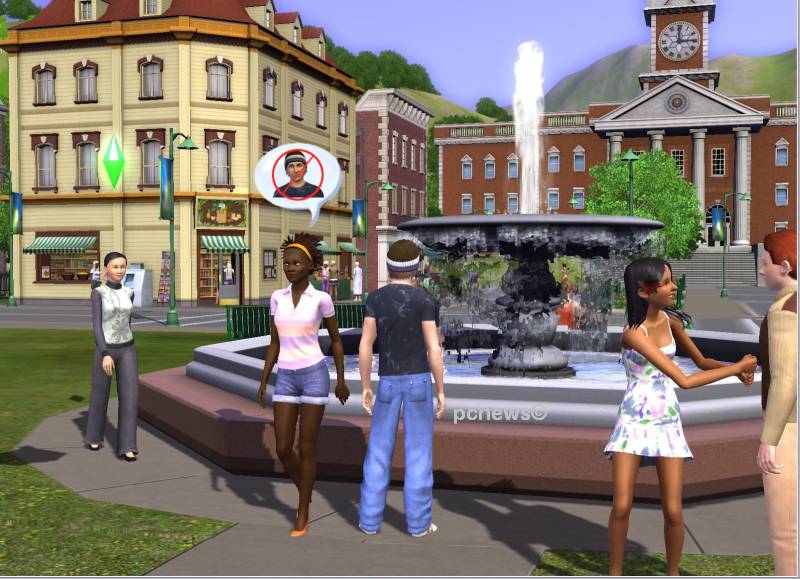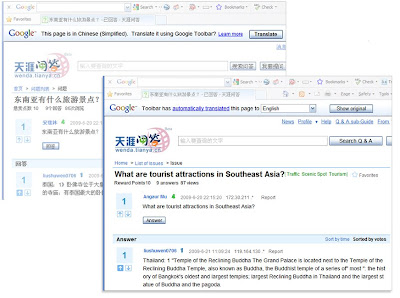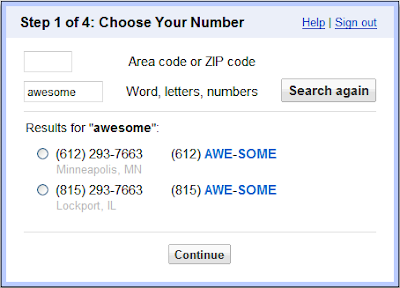Sims is the greatest selling game on this planet. With its mega-accessibility, non-punishing gameplay, and user-created content, Will Wright could've retired and still be raking in the cash to this day. But no siree, he had to come back and make number 2, and then in this year, number 3.
Sims 2 was the game that many people have told me they poured endless hours into. Even if they were not hardcore gamers, it was the one game they would've played and undoubtedly enjoyed. I thought it was not possible, but Sims 3 actually takes that immensely fun experience, and makes it even more ... fun.
So first, I'll talk about the graphics.
Beautiful. Life-like. Next-gen. Are the words I would use to describe the graphics of this game. The Sims - the most important icons - have had much working over and they look so human. The animations are also top-notch, and although they are caricatures, nevertheless, their mannerisms do convince you that you are playing with little people as opposed to puppets.

The clothes, if you zoom in, or see in the character-creation screen, are extremely well detailed and have texture. There is a distinct variety of fabrics and patterns, and if that's not enough, you can even create your own designs.
The city feels vibrant and alive, from the detail and designs of the public buildings, to the actual presence of people (or Sims) that are going about their daily lives. It is the perfect suburbia.

Yes, there is an extensive amount of content, from the different wallpapers, to types of carpet, as well as sofas. But despite a huge new set of models, I can't help but think of how similar it looks to Sims 2. Apart from the graphical overhaul, the mechanics and the feel of it is exactly the same as the last one.
From all the screenshots I saw pre-release, the camera was brought down to Sim-level, instead of the usual top-down view. But playing it zoomed in is not as easy as it looks. But I guess I'm just nit-picking. For most casual gamers, the familiarity in the "look" of the game with the past ones will make it easier to get into.
But the camera manipulation can't get away with its flaws forever. It is horribly inflexible. Although there are commands on the keyboard that allow you to rotate, zoom, or pan on-screen, they weren't easy to find by default. Furthermore, having to do it on-screen, clicking the arrows with the mouse was too-rigid an experience and detracted from the smooth gameplay.
So this transitions into the next section of the review, which is gameplay. The one significant change would be that players are now able to seamlessly transition between play-house and play-city. In Sims 2, going into the city would bring up a loading screen and if you had a lot of expansions, that would take awhile to generate. But in Sims 3, just walking out of the door meant you were already in the city, and you could go anywhere without having to wait. Either your Sim would take a cab, drive their own vehicle, or run there like Superman (seriously).
It makes visiting places of interest less of a chore, and definetly emphasises the feeling of freedom and living as a person in a city as opposed to just isolated to the house. Your Sims can meet others on the street, engage in activities like gyming, swimming, barbequing, eating, or go to their jobs.
The only problem here was that, whilst most places could be visibly played around in, when you go to a job, your Sims disappear into the building and remain unseen till the end of the day's shift. I'm hoping the devs will make it possible to see inside the workplace with future released DLCs.
Probably the biggest addition to Sims 3 that will propel it to greatness, is the traits-and-aspiration system. Before, in Sims 2, playing around with the Sims was an aimless affair. You build them a house, bought furniture, got them a job, made babies... what next?
In Sims 3, in character creation, you get to choose 5 from a multitude of personality types to make a distinct and life-like Sim. From humourous to flirtatious to evil, and shy, there's enough to bring out a lot of variety.

And by determining the personality of your Sim, it translates to what kind of aspirations/jobs they might have. A creative, virtuoso Sim may become a future rockstar. A flirtatious, smart, and hard working Sim may want to become an international man/woman of mystery.
These aspirations give purpose and direction to your Sims, just as they would to you in real life (my god, what has Will Wright created?!?). Thus, during gameplay, every so often, new "wants" or "needs" appear that you can choose to fulfill or not, and in doing so, has an impact on your Sims' overall mood. It also gives you "experience" points that can be saved and spent on "abilities" such as having a bigger bladder to go to the bathroom less often or never having to eat.
The addition of these RPG-like elements makes your engagement with your Sims a lot more meaningful and feels like they are developing over time. There is also an inventory system which is convenient if you want to take a guitar out to the park to impress people with. Although, the size of this inventory is dubious as I once fit a car in it. Maybe they got a magical backpack from Lara Croft?
Other elements are also improved from its predecessors such as the interactions between Sims. These are more finely tuned, from more realistic responses to the addition of a box that tells you exactly what another Sim is thinking of your Sim. It helps make the choices of your actions a lot more strategical in getting the best out of the relationship.

The game's music is infectiously catchy and strangely is the kind you'd expect when playing these life-simulation games. Hard to describe, but feels just right. And for me, thoroughly enjoyable and complementary to the experience.
But the game isn't entirely peachy through and through. A glaring flaw is that the A.I. still has niggling pathfinding issues. You click to go here, but it occasionally goes elsewhere, or its very stubborn to your commands as it just has something else on their mind. With that said, the new "Free Will" option means that your Sims are smart enough to go to the bathroom themselves, and get on with life without your hand-holding. It leaves you to think about the bigger things for them.
There are obvious things missing though that you can't help but feel the devs will plug you for more cash with in the future. Just as the expansion list for Sims 2 was extensive and money-making, so too will it be in Sims 3, except now all through the Internet. They've built in a dedicated platform to download or upload content, and it works fairly well. Just upon release, the devs pulled out a pleasantly suprising DLC that had a chock full of new clothing, furniture, cars, and also a brand new neighborhood.
However, no pets, dynamic weather, seasons, yet but it'll come soon enough. Sims has always been known to have a very long life before you shelve it, due to the endless stream of post-release and user-generated content.

With that, I can conclude that this game will be money well spent. The original Sims had a great thing going, and Sims 2 built on that, and so does Sims 3. They don't do anything ground-breaking, but its the little bits and pieces that make it addictive. The new trait-and-aspiration system means you are continually fed "mini-quests" like "go get a guitar lesson" or "buy a new car" and it just keeps you playing, until you realize you need to feed yourself, go to the bathroom or work in real life.
For those with lower end computer specs, fret not, EA has always made Sims accessible with its immense scalability, ensuring anoyone can have the best experience possible.
The game is of course, a tad bit challenging if you don't use the money cheat or turn aging off, but if you play it the way it is meant to be played, you'll get to truly experience life as a Sim - that is, materialistically rewarding, quirky, and an ironic commentary on being human.






.gif)






























